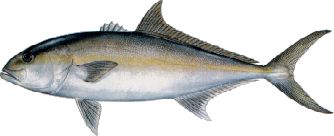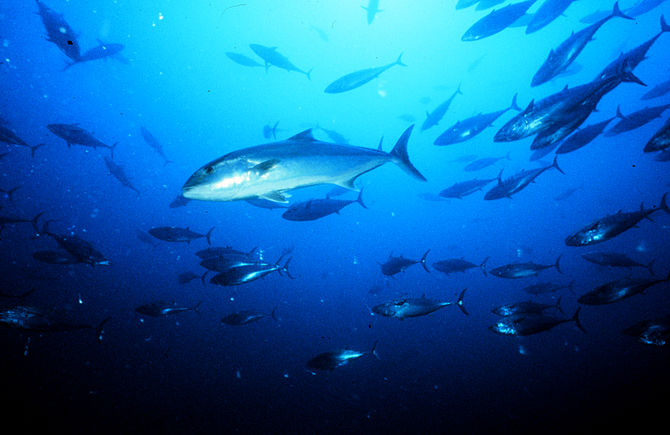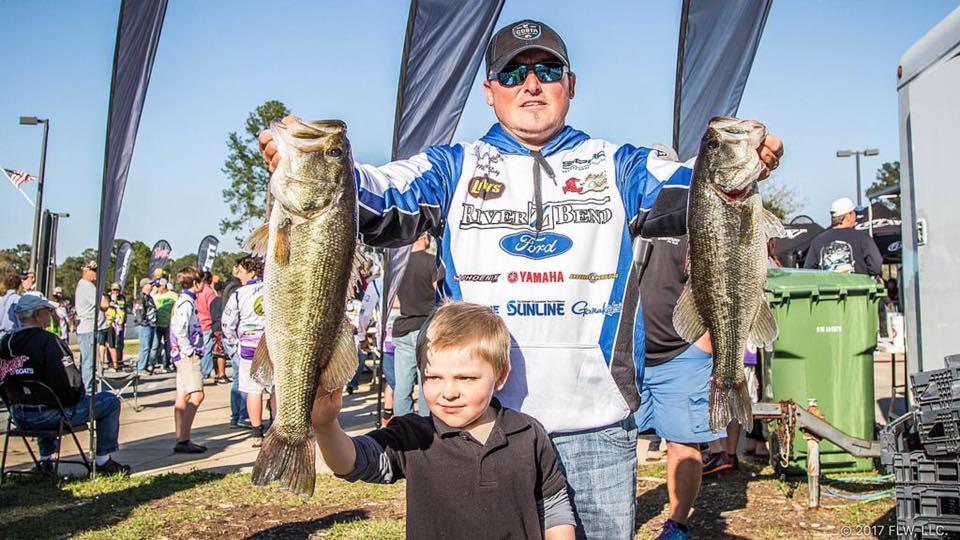

While technically considered a “reef fish,” amberjack are generally found in deep water (at least 20 miles offshore) over wrecks and freshwater springs. While there are more than 140 members of the jack family, about a dozen of these species, including jack crevalle, pompano and permit, are familiar to Florida fishermen.
Amberjack, like many reef fish and pelagic species in the gulf, are managed by a quota system. While the numbers vary from year to year, recreational anglers generally take about three-quarters of the jacks caught while commercial fishermen take the rest.
With amberjack, the challenge for most anglers is not hooking the fish. The hard part is getting these bruisers off the bottom. Once hooked, amberjack love to swim into a wreck and rip an angler’s line to shreds.
A big amberjack will provide plenty of meat. Smoked, the fillets make for a great spread. You also can cook amberjack on the grill. The minimum size limit for amberjack is 30 inches (fork length). The bag limit is one fish per person per day, but that’s all you need.
These fish are commonly 40 pounds while isolated specimens have tipped the scale at more than 100. In case you are wondering, the state record is 142 pounds set off Islamorada in the Florida Keys.
FWC: Amberjack Size Limits Changed

In June 2015, the Florida Fish and Wildlife Conservation Commission (FWC) approved changing the minimum size limit for greater amberjack caught in Gulf of Mexico state waters from 30 inches fork length to 34 inches fork length. Fork length is measured from the tip of the lower jaw to the center of the fork in the tail.
This change will make state-water regulations in the Gulf consistent with pending federal regulation changes and will go into effect after federal regulations are approved.
Recent stock assessments have indicated that greater amberjack in the Gulf of Mexico are overfished, which means there are not enough greater amberjack for the population to remain sustainable. They are also undergoing overfishing, which means more greater amberjack are being removed than is sustainable. Changing the minimum size limit will help ensure more greater amberjack are left in the water and have a chance to reproduce before being harvested.
For more information, visit MyFWC.com/Commission and select “Commission Meetings” then the “Agenda.” For information about recreational greater amberjack, visit MyFWC.com/Fishing and click on “Saltwater Fishing,” “Recreational Regulations” and “Amberjack.”
Related Articles:
Get your snapper here — spawning means lots of them out there (Florida Keys Keynoter)
FWC needs anglers to provide data (Pensacola News-Journal)







Be the first to comment